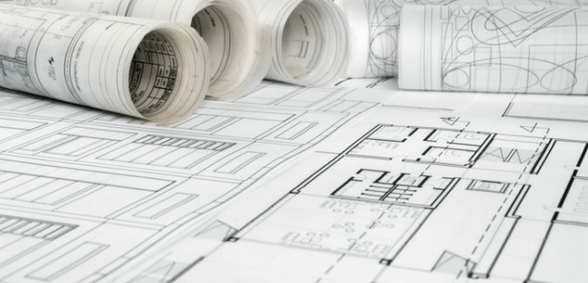
The future of primary care is currently under the microscope, with transformation being the key focus and the way healthcare real estate is managed being one of the most topical issues. In the UK 7,500 existing GP practices are earmarked to become 1,500 ‘super practices’ as the NHS is under increasing pressure to provide an ever-improved level of service
According to Adam Thompson, director at Primary Care Surveyors, and specialist in the primary care property sector, it is imperative to get the infrastructure right in order for healthcare providers to be able to deliver effective and efficient service provision to the community
So, what does the future hold for primary care services in the UK? What issues need to be overcome from a logistical standpoint in order to offer the transformation of services, new vision, investment and better property utilisation? To enable the transformation of the healthcare services sector, it is imperative that the appropriate infrastructure is in place to provide capacity for working at scale. This is where the new, ‘super practice’ model may well be a viable and practical solution.
With the sector changing, patients with long-term conditions that need regular monitoring and treatment are increasingly being accommodated locally via hospital consultants working within community; previously this would only have happened in a hospital. This is directly increasing the critical mass of patients for the average GP practice; however, many of the premises required to facilitate this transfer of services from secondary or acute care to care in the community are currently inadequate and may not be able to handle the uplift in patient numbers.
Gaining critical mass
Many GP practices, responding to this increased critical mass, are seeking to work at scale by way of confederations or alliances, or via the merger of GP practices into ‘super practices’. Here services can be shared, and key specialists employed, resulting in medical centres being developed for more than one GP practice. Each practice retains its individual business and patient lists, but a larger number of patients are accommodated and cared for in one location.
Creating the appropriate infrastructure for the accommodation of healthcare services will help facilitate the transformation of healthcare delivery, with patients becoming more accepting of seeing the most appropriate healthcare person to treat their needs, and this might not necessarily be a GP. Restructured teams, with specialists in the community who, in turn, have direct access to consultants, can now deal with long term conditions, leading to better outcomes as well as being more cost-effective.
Managing the practices premises
Many primary care providers are turning to private companies that are taking over GP practices in such a way as to leave the GMS/PMS contract still continuing, but these business models are not without challenges. However, as the operators gain more experience, some of these challenges have been overcome. These models have tended to be more attractive to vulnerable practices, or those with imminent retirements where succession is not apparent.
In urban areas super practices are emerging at pace. However, again, there is the issue of having an agreement in principal but little idea of how to execute a super practice operationally. Mergers are always fraught with difficulties and challenges, not least being how you deal with the different dynamics of practices, but also how you deal with property issues. This is particularly problematic where some properties may be freehold (with or without mortgages) and some leasehold, when it comes to engineering a sale and leaseback deal.
Fit-for-purpose
One of the key property-related issues that needs to be addressed now is how many of the older practice premises are becoming unfit for purpose and may not be attractive in a sale and leaseback scenario. In the last 20 years design and property standards have advanced; what was appropriate then is no longer acceptable now. Fundamental issues include patient confidentiality and infection control standards, right down to more simple issues such as modern lighting systems and improved decorative finishes. Current lighting standards change the ambience but also aid the visually impaired, whilst providing better working light allows clinical staff to carry out a greater range of minor procedures. In the past many practices have utilised domestic-style fixtures and fittings which are no longer appropriate or fit-for-purpose, with clinical wash hand basins and cabinetry now being required. These issues can be addressed as part of the sale and leaseback proposition, with the new landlord undertaking the refurbishment of the premises.
Breaking barriers
The boundaries between the different silos of healthcare, be they primary, community or acute, are gradually being broken down, with more engagement between the different service providers being evident. This may, in turn, lead to further integration but there are still many challenges facing community and primary healthcare services. What may work in one particular area of the country may not work or be appropriate in a different part of the UK.
These are certainly interesting times and they are likely to become more so as transformation gathers pace, which it inevitably will, regardless of the political colour of the government in power.
Ultimately, the cost of providing healthcare services dwarfs the cost of premises, or rather the cost of the infrastructure to accommodate healthcare services. We need to get the infrastructure right in order to facilitate the transformation of healthcare services and whether primary care needs to ‘scale up’ or move into or alongside acute care will depend on local dynamics and geography.
healthcare property. Primary Care Surveyors provides strategic advice to the healthcare property market.
Don’t forget to follow us on Twitter, or connect with us on LinkedIn!

Be the first to comment